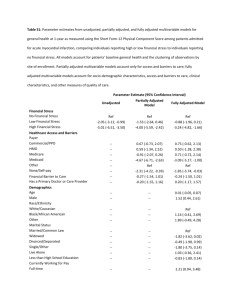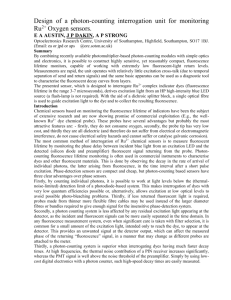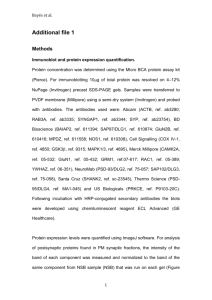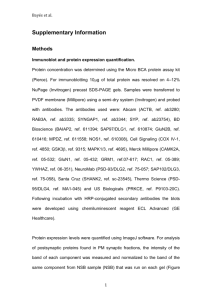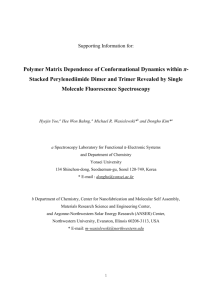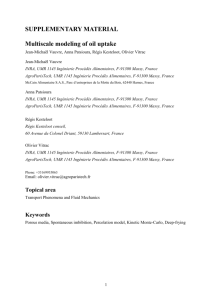Physics 222
advertisement
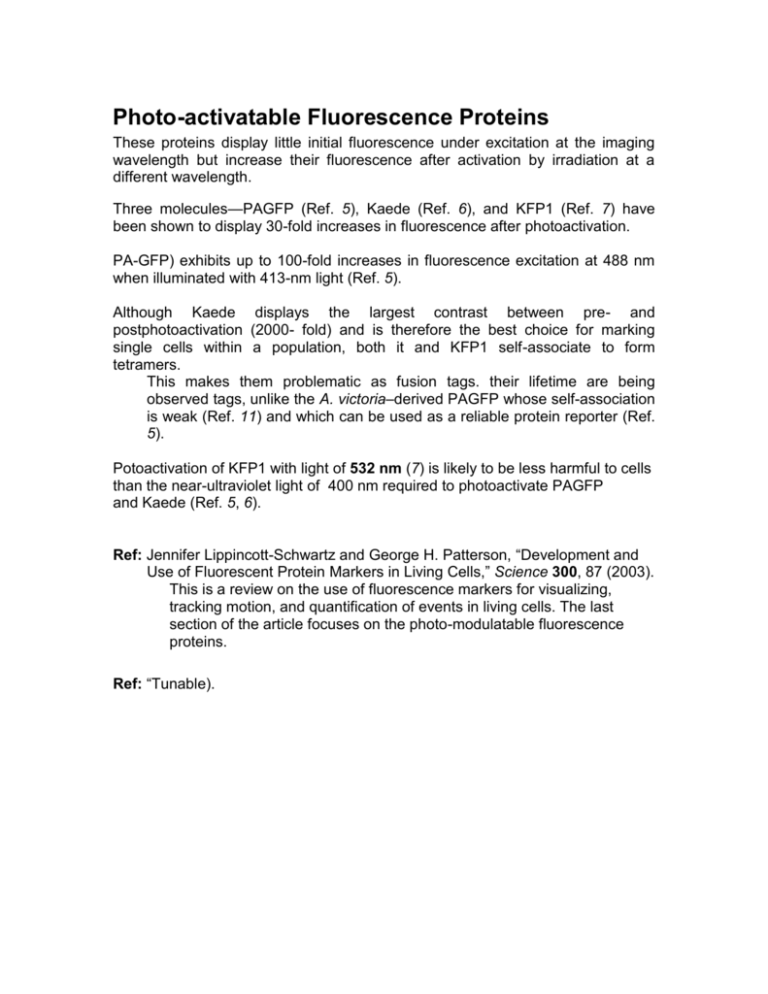
Photo-activatable Fluorescence Proteins These proteins display little initial fluorescence under excitation at the imaging wavelength but increase their fluorescence after activation by irradiation at a different wavelength. Three molecules—PAGFP (Ref. 5), Kaede (Ref. 6), and KFP1 (Ref. 7) have been shown to display 30-fold increases in fluorescence after photoactivation. PA-GFP) exhibits up to 100-fold increases in fluorescence excitation at 488 nm when illuminated with 413-nm light (Ref. 5). Although Kaede displays the largest contrast between pre- and postphotoactivation (2000- fold) and is therefore the best choice for marking single cells within a population, both it and KFP1 self-associate to form tetramers. This makes them problematic as fusion tags. their lifetime are being observed tags, unlike the A. victoria–derived PAGFP whose self-association is weak (Ref. 11) and which can be used as a reliable protein reporter (Ref. 5). Potoactivation of KFP1 with light of 532 nm (7) is likely to be less harmful to cells than the near-ultraviolet light of 400 nm required to photoactivate PAGFP and Kaede (Ref. 5, 6). Ref: Jennifer Lippincott-Schwartz and George H. Patterson, “Development and Use of Fluorescent Protein Markers in Living Cells,” Science 300, 87 (2003). This is a review on the use of fluorescence markers for visualizing, tracking motion, and quantification of events in living cells. The last section of the article focuses on the photo-modulatable fluorescence proteins. Ref: “Tunable). 2007 Vol. 7, No. 7 2004-2008






